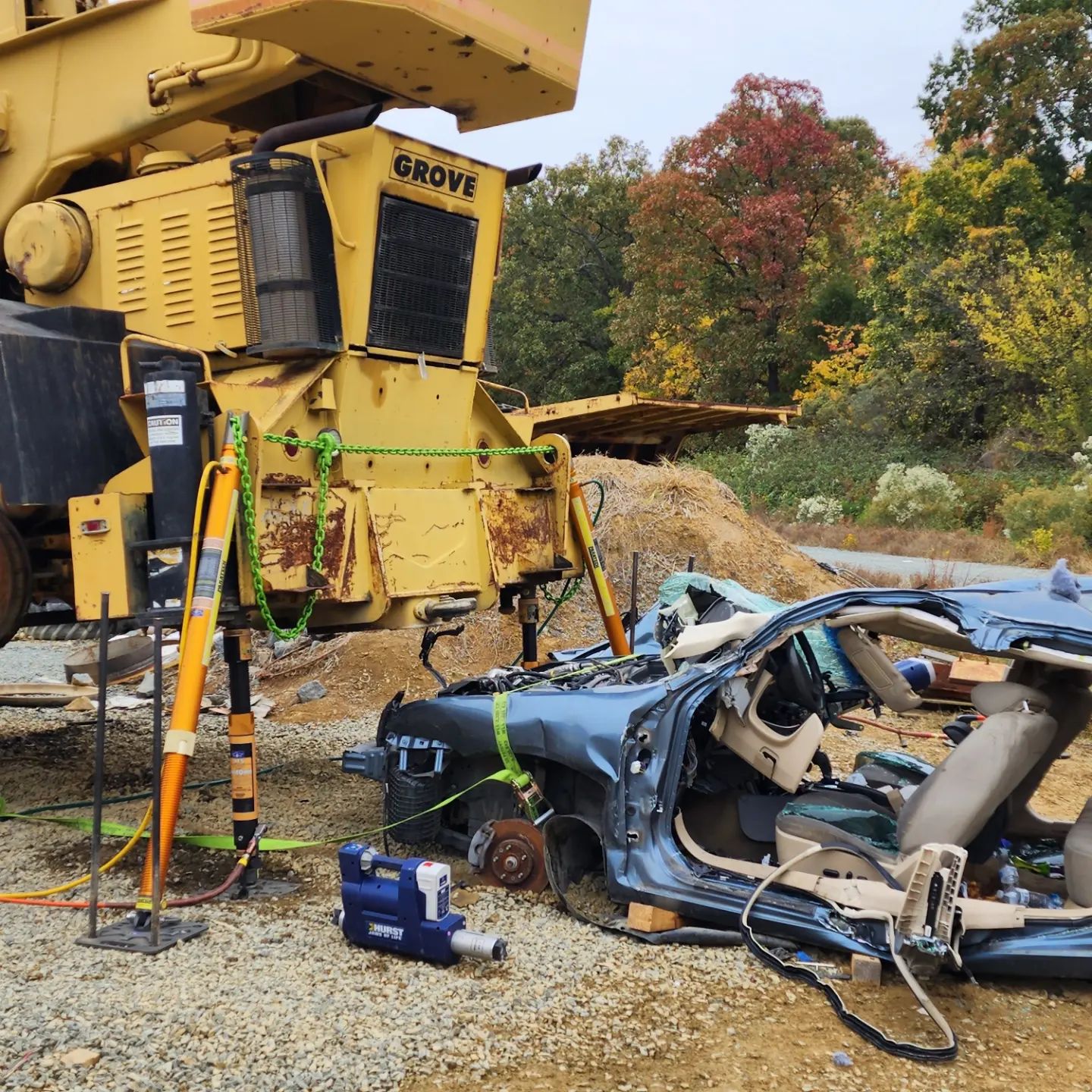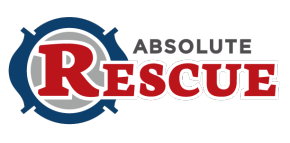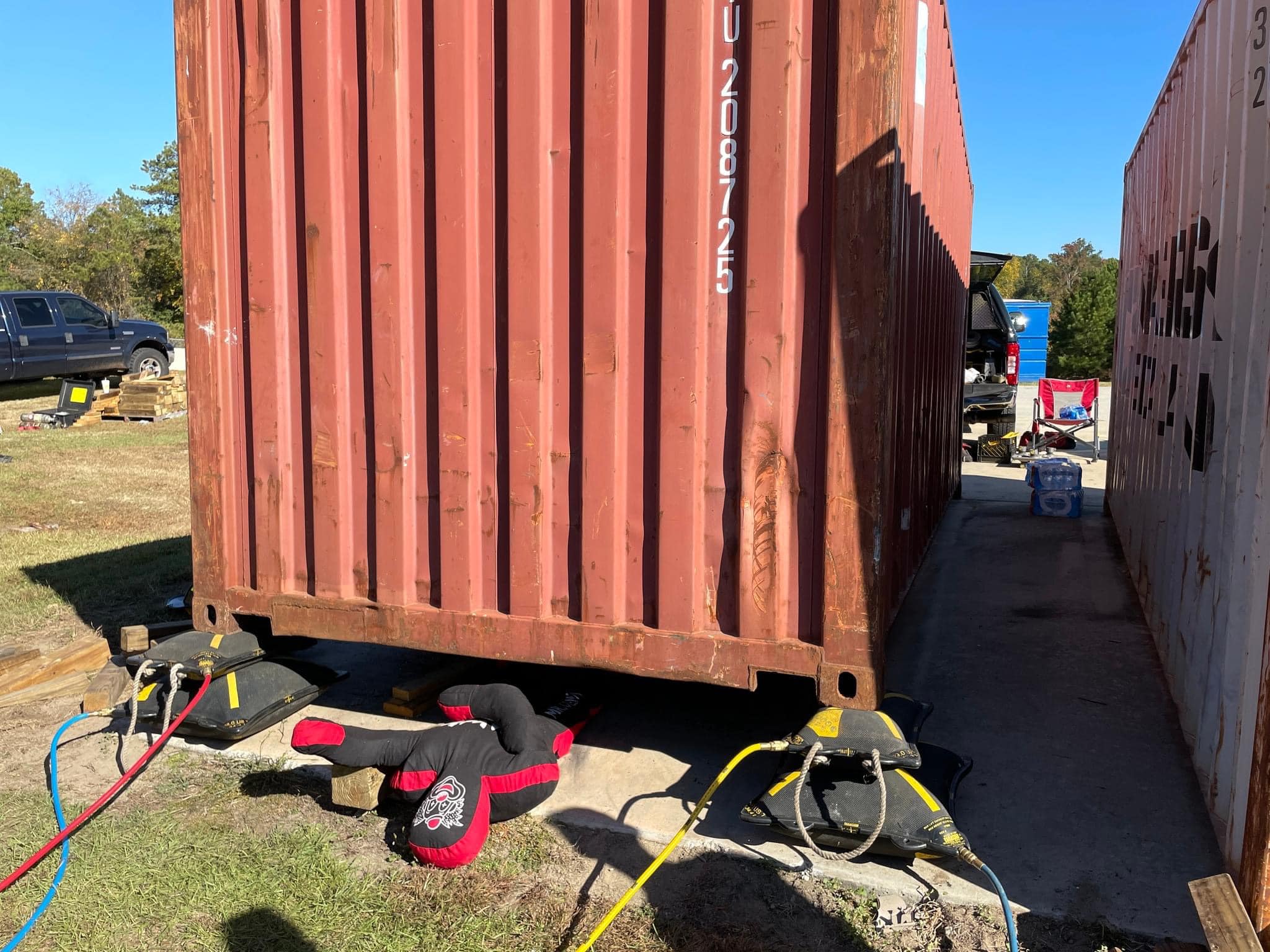By David Dalrymple
FireRescue1.com
At every heavy rescue and extrication program, we are taught to remove glass as needed and in as controlled a manner as practical and possible. However, how many times do we go to the session and WHAM and SMASH go the side and rear glass because it’s impressive to watch or fun to do?

Laminated glass must be cut from the vehicle to be removed.
Before one window is shattered, it is important to know the types of glass firefighters will encounter and the additional forces that can be present at a motor vehicle accident. The two types of glass to which we have become accustomed, laminated and tempered safety glass, are still the most widely used.
Laminated glass is a sandwich, a series of layers of glass and plastic laminated together. Tempered, or safety, glass will break into small granular fragments when shattered.
However, there are a few new variations in use. Enhanced protective glass is basically a form of laminated glass found in the side and rear windows. Dual-paned glass and polycarbonate glazing are also used.
Some of these materials require a change in our methodology and tools for removing such windows.
And factor in the issues of rear glass hatches in SUVs and minivans. These glass hatches have a nasty habit of flying apart when broken because of the tension placed on them by the multiple hatch struts and the energy absorbed by the vehicle during the crash.
Laminated glass is found in windshields but is increasingly found in the side and rear windows as well. This type of glass must be cut from the vehicle to be removed, which can be facilitated by cutting the peripheral edge with an axe, a glass saw, or even a reciprocating saw.
This operation produces glass dust, which is a respiratory hazard. For this reason, we must add dust masks to the personal protective equipment for glass management.
Tempered glass is usually found in side and rear windows. To break this glass, use an impact tool that imparts a large amount of force into a small concentrated area. Then clean out the window opening by pulling the glass onto the ground with a tool, not with gloved hands.
Vehicles can load the glass with energy from the crash; when it’s broken it can almost explode when that energy is released. We must protect our patient with a protective cover and use hard protection to funnel glass pieces away from the patient.
 Make sure your eye protection is in place and you are wearing a dust mask. Also, watch out for glass in hatches of vehicles.
Make sure your eye protection is in place and you are wearing a dust mask. Also, watch out for glass in hatches of vehicles.
It can have up to four gas struts pushing on the glass and creating even more tension. This too might explode when broken; be aware that the struts may also push toward rescuers.
Ideally, the laminated glass that was cut and removed should be folded and slid in under the vehicle out of rescuers way. If at all possible, tempered glass should be removed to the outside of the vehicle, away from the patient and the interior rescuer.
However, some vehicles — especially SUVs and minivans — might have a lot of windows or a rather large window, which produce many glass particles.
Glass particles can be slippery, almost like marbles. It is a good practice to sweep these under the vehicle so that rescuers are not walking on it and stabilization devices are on not on it.
There are two new materials available to help rescuers manage glass. One is Packexe Smash and it is available in North America from ESI equipment. It is a clear film dispensed from a special applicator. The film adds enough strength for tempered glass to be cut.
 On the flip side, laminated glass dust can be greatly reduced by applying the film first and then cutting through the area where the film is applied. If the glass is wet, it can be wiped dry with a microfiber cloth before the film is applied.
On the flip side, laminated glass dust can be greatly reduced by applying the film first and then cutting through the area where the film is applied. If the glass is wet, it can be wiped dry with a microfiber cloth before the film is applied.
The other material is an extrication wrap made by Protecto. The wrap material is an adhesive rubber compound on one side with a smooth brightly colored film on the other side. The material comes in a roll that firefighters can pre cut or cut-to size on scene.
The up side to this material is it can be used as sharp-edge protection as well. Both of these materials really can make a difference in glass-management tasks. And both materials can handle glass management and sharp-edge protection.
Whether or not you invest in glass-management products, it is critical to invest the time to plan and execute how you approach removing glass at vehicle collisions. A smart approach protects both rescuers and patients.
About the Author
David Dalrymple is a career EMS provider for the RWJUH Emergency Medical Services in New Brunswick, N.J., and he is a volunteer FF/EMT/Rescue Technician for Clinton EMS/Rescue in Clinton, N.J. He has been actively involved with emergency services for 27 years. Dave is the education chair of the Transportation Emergency Rescue Committee – US (TERC), is certified as an international level extrication assessor and serves on the Expert Technical Advisory Board of the International Emergency Technical Rescue Institute as their road traffic accident advisor. He has taught and assessed in North America, Europe, the UK and South Africa. In 2007 he received the coveted Harvey Grant award for excellence in rescue education.

This content provided in partnership with FireRescue1.com
Techniques
Heavy Stabilization & Lift Class

Heavy Stabilization & Lift Class
This weekend, Toranze Lee and Premier Extrication held their Heavy Stabilization and Lifting class taught. The class focused on advanced techniques using the Paratech equipment, eDraulic tools, grip hoists, vehicle stabilization methods, airbags for lifting, power tools, and the use of heavy wreckers for extrication.
Some of the departments that attended:
Techniques
North Carolina Extrication School
Heavy Rescue
Large Animal Rescue
Working with their past experince, the Patterson Fire Department’s completed their 4th horse rescue in the past several years.

Horse Rescue
Per the post from the Patterson Fire Department’s Facebook page:
At 0732, 25th of August 2021, the Patterson fire department was dispatched for a public assist to a local farm. Patterson’s heavy rescue, 22-6-1, arrived on scene and found a 31-year-old male horse, named “Dozer”, in distress. He had apparently fallen and managed to get himself stuck between a rock and a fence line. At first, the crew attempted to assist the horse in getting up by shifting his position. It became apparent that additional equipment was going to be needed to help Dozer out since he had become too exhausted to get up on his own. After some discussion, it was established that the best plan of action was to use a Paratech bipod system. It would be used as an artificial high directional with TU-32 griphoist’s assistance to lift the horse up. With a lot of sweat and effort, the crew was able to lift the horse up onto his feet. After some much-needed fluids and rest, we were happy to see Dozer trot away, unassisted.
An interesting fact, this is Patterson Fire Department’s 4th horse rescue in the past several years, all with successful outcomes.
Photos below from Andrew Akin















































